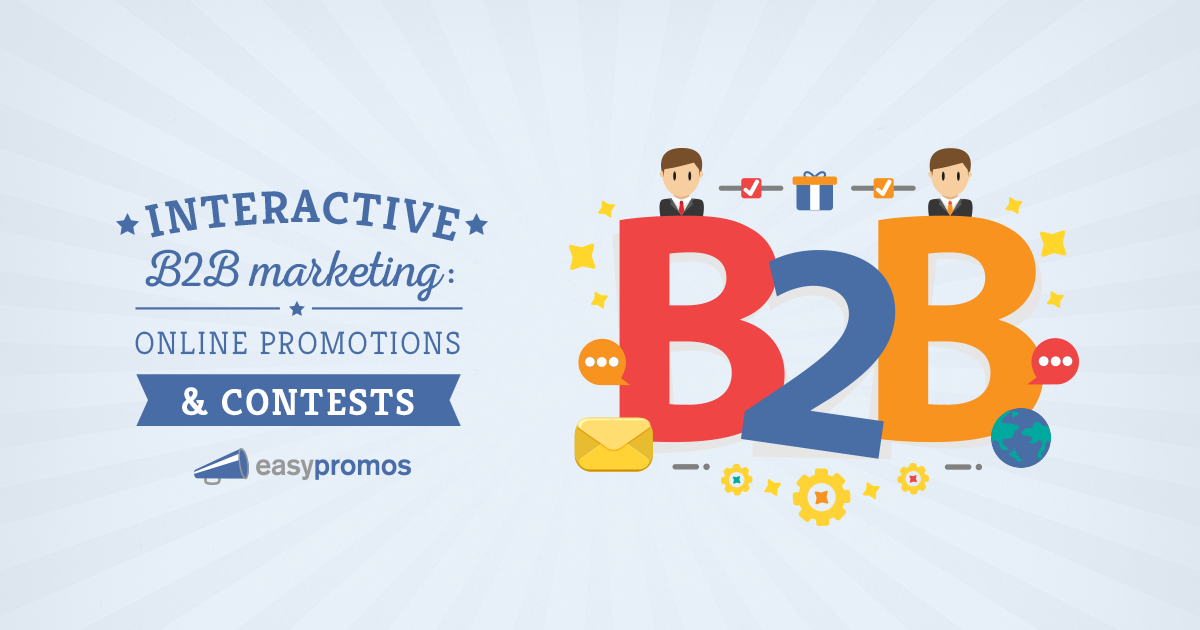Even if you sell a product to a specific person in both B2B and B2C, B2B marketing is substantially different from B2C. In addition to providing examples and advice on how to utilise incentive marketing to draw in and turn business prospects into long-term partners, this article will provide you an overview of the best practises for running sales promotions in the B2B setting.

What distinguishes B2B promotions from B2C ones?
Because it takes longer to convert a lead into a paying customer, the B2B sales process is also longer. This is due to the fact that the B2B purchasing process frequently involves numerous parties and departments. As a result, rather than focusing on short-term gains, your B2B promotion plan should be designed for cultivating long-term loyalty. Your sales strategy’s major foundations should be loyalty and upselling. Preferential terms of payment, volume discounts, and other vendor rebates or incentives, however, are just the top of the iceberg.
Are you certain that your B2B marketing plan gives you the desired ROI? Can you keep track of and handle all the rewards you provide? Which deals provide you the best value, do you think?
Value discounts are the ones your firm should always choose, as you can surely guess. However, it could be challenging to get going and identify the value-creating activities in your particular business setting. I have gathered a few instances of client actions that ought to be acknowledged and encouraged with pertinent discounts:
adopting a standing order, which ensures a more prolonged cooperation.
Providing a recommendation or another type of reference to help with the lead nurturing phase.
Buying goods with bigger margins.
acquiring and distributing client information that can help you improve your offer.
stipulations for discounts
This B2B marketing strategy can be quite flexible. For instance, you might give a consumer a discount on the entire product line if they’ve made transactions totaling X within Y months. If a consumer buys product X, they will receive a discount on product Y. Alternatively, you can give a refund on a specific product range depending on the purchase of another.
